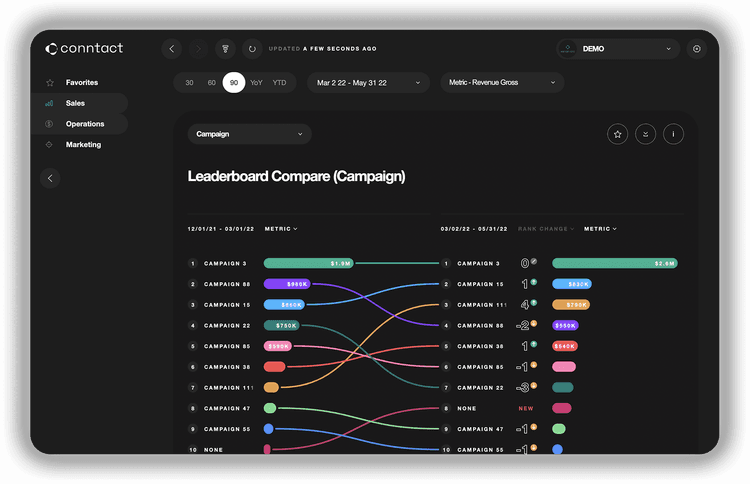news
17 November 2022
Mica Zuniga
Data is the Untapped Source Needed for Successful Customer Intimacy

Article originally posted in CRM Solutions Review
By Mica Zuniga
As part of Solutions Review’s Premium Content Series—a collection of contributed columns written by industry experts in maturing software categories—Mica Zuniga, the Chief Strategy Officer at Xenon Arc, explains how the secret to better customer intimacy is in the data.
Data and customer intimacy; how do the gathering numbers, actions, and trends relate to successful customer relationships? Here’s how: one cannot happen without the other. The correct data used effectively results in customer intimacy. The key is knowing the “right” data to gather, to focus on, or to use in decision-making—and using it in a way that ultimately builds and sustains a continued cycle of customer loyalty and growth. It’s not a new concept, but it’s one that organizations seem to grapple with.
Business or Personal?
Creating intimacy with customers is more than sending birthday wishes or rehashing the latest sports news over lunch. While this is great for learning who the customers are, it doesn’t tell you what they need from you. Authentic customer intimacy results from leveraging extensive customer data and operational flexibility by tailoring goods or services to targeted consumers. It’s making service models scalable, enhancing the ability to make data-driven decisions, and having a deep understanding of customers’ needs and wants and how they use products.
In short, you know what the customer wants, how they want to get it, and whenever they need it—all by using data. And importantly, consider the data with a people-first, not number-first, mindset. How can you use this data to deliver exactly what the customers want and need?
Supply Chain Woes Shouldn’t Hinder Delivery of Superior Customer Experiences
Delivering a service or product can be challenging when nature, politics, or global logistics are in chaos. Companies can use data to tailor products and services precisely to customer applications. For example, as the manufacturing sector fully embraces digitalization, there are more and more new sources of data to learn about how customers use your products. You can quickly and accurately use that data to identify critical trends and tailor your offering to target segments, applications, or individual customers.
Communications can be personalized and tailored to keep customers notified about what they need to know to inform their buying strategies better, expand their awareness of your product and service offering, and create a “stickiness” that will help you both weather challenging times.
In 2005, Bain & Company found that 80 percent of firms believed they delivered a “superior experience” to their customers—but only 8 percent of customers felt companies were delivering. Almost 20 years later, the customer experience is still lacking. According to Siegel+Gale, $402 billion each year is left on the table by companies that fail to provide basic experiences to their consumers. Not a new problem, but there are new solutions.
The Science of Holistic Customer Relationships
Good customer relationships on any scale are challenging to build. In a rapidly evolving digital-first world, how do you know how to adjust offerings to keep up with customer needs? How do you build intimacy when customers engage in a variety of ways?
By gathering data that gives deep and actionable insights, you understand buying preferences and how products or services will be used—and ultimately, use that data to drive innovation and improvement. When you leverage industry-leading technology, expertise, and processes to create holistic customer relationships, you improve your ability to maintain a competitive edge. Clients with complete access to comprehensive analytics via a business intelligence engine unlock relevant, real-time visibility into customer behavior, transaction and SKU-level views, forecasting and pricing insights, business performance metrics, and more. In essence, all of this customer information is used to tailor formulations and services specifically to customer needs—and that intimacy is a critical part of differentiating one company from the competition.
The Difference is Data When it Comes to Customer Loyalty
The ultimate customer intimacy model continually reshapes offerings using robust data environments’ insights. It uses that customer data to refine the understanding of how products are used in the field, what type of value customers find in the products, the ROI on marketing and sales efforts, collateral development, and web analytics. The resulting customer intimacy organically creates a base of loyal advocates and continued growth.
The modern digital market requires data to drive innovation and decision-making and build successful customer relationships. That data is the key to intimately knowing what they want, how they want to purchase it, and how they will use it—and continue to stay loyal to the companies that give them exactly what they need when they need it.



